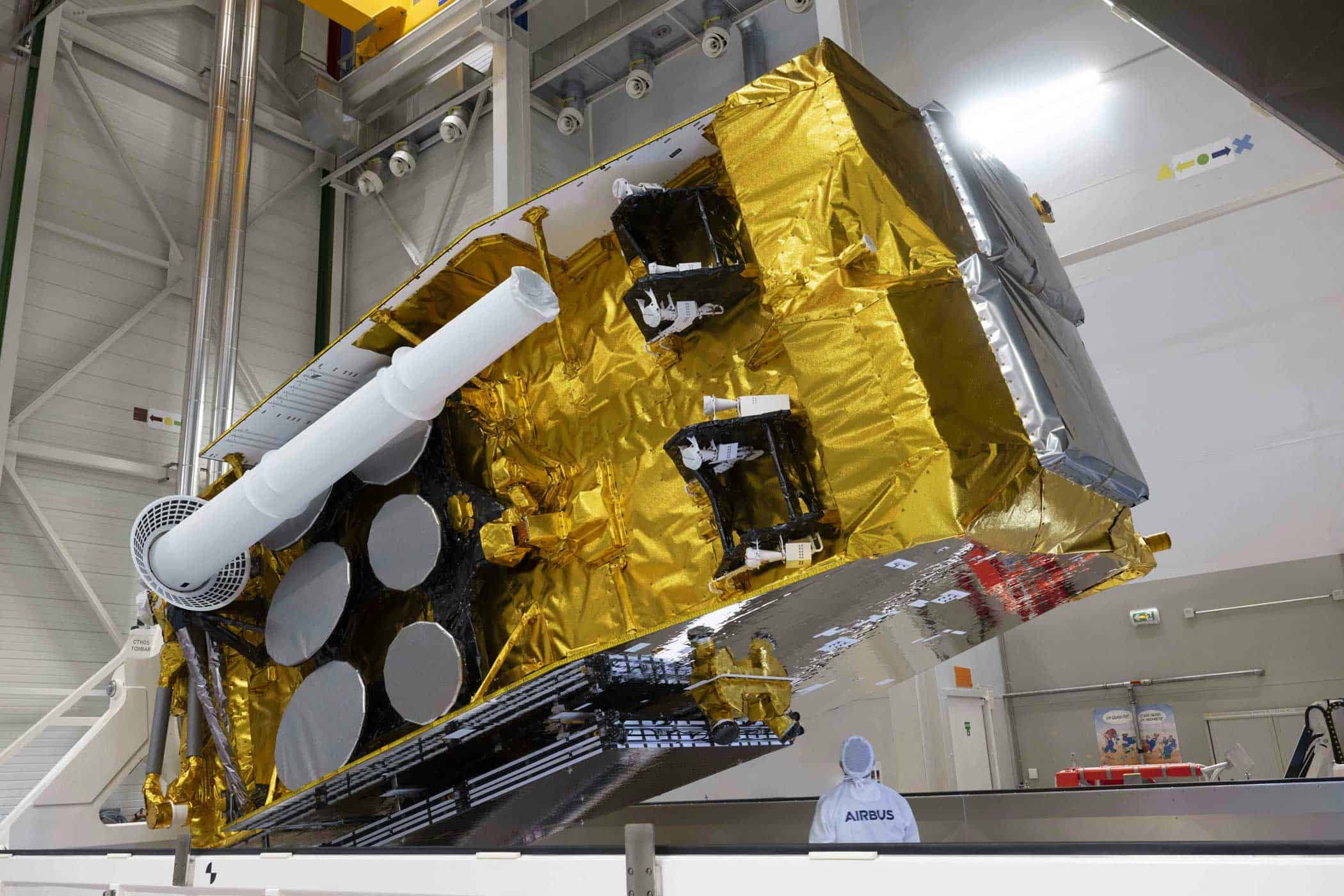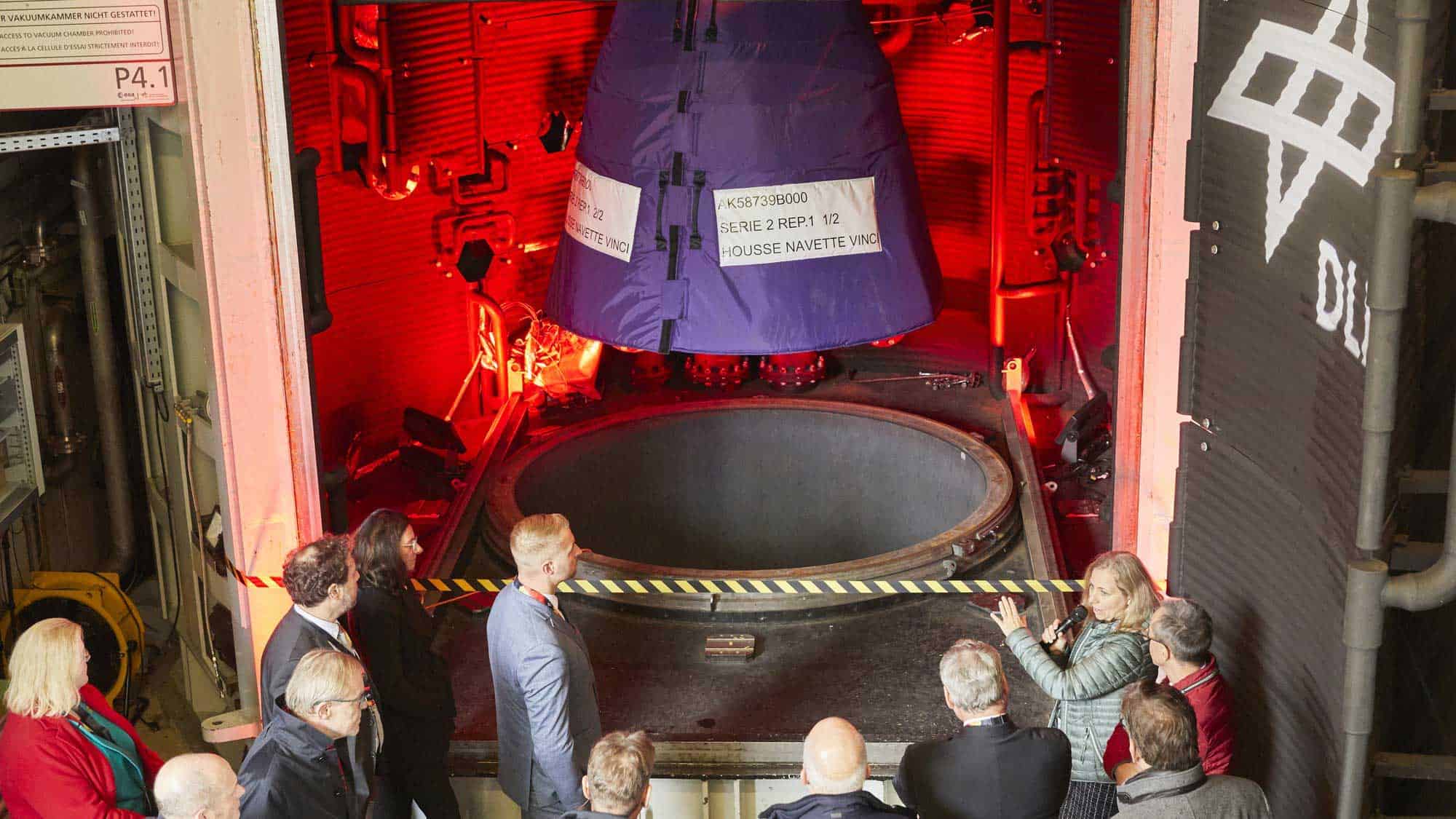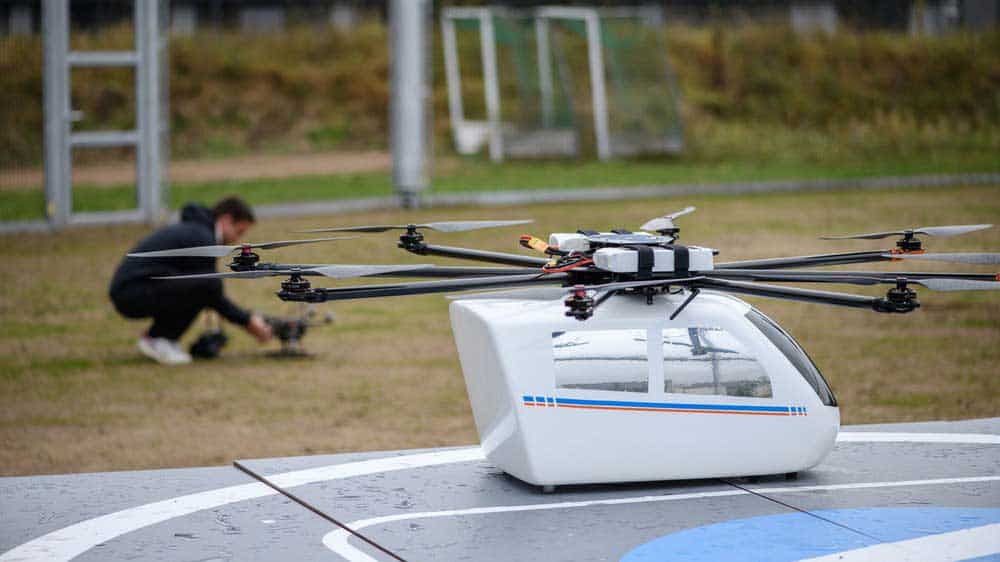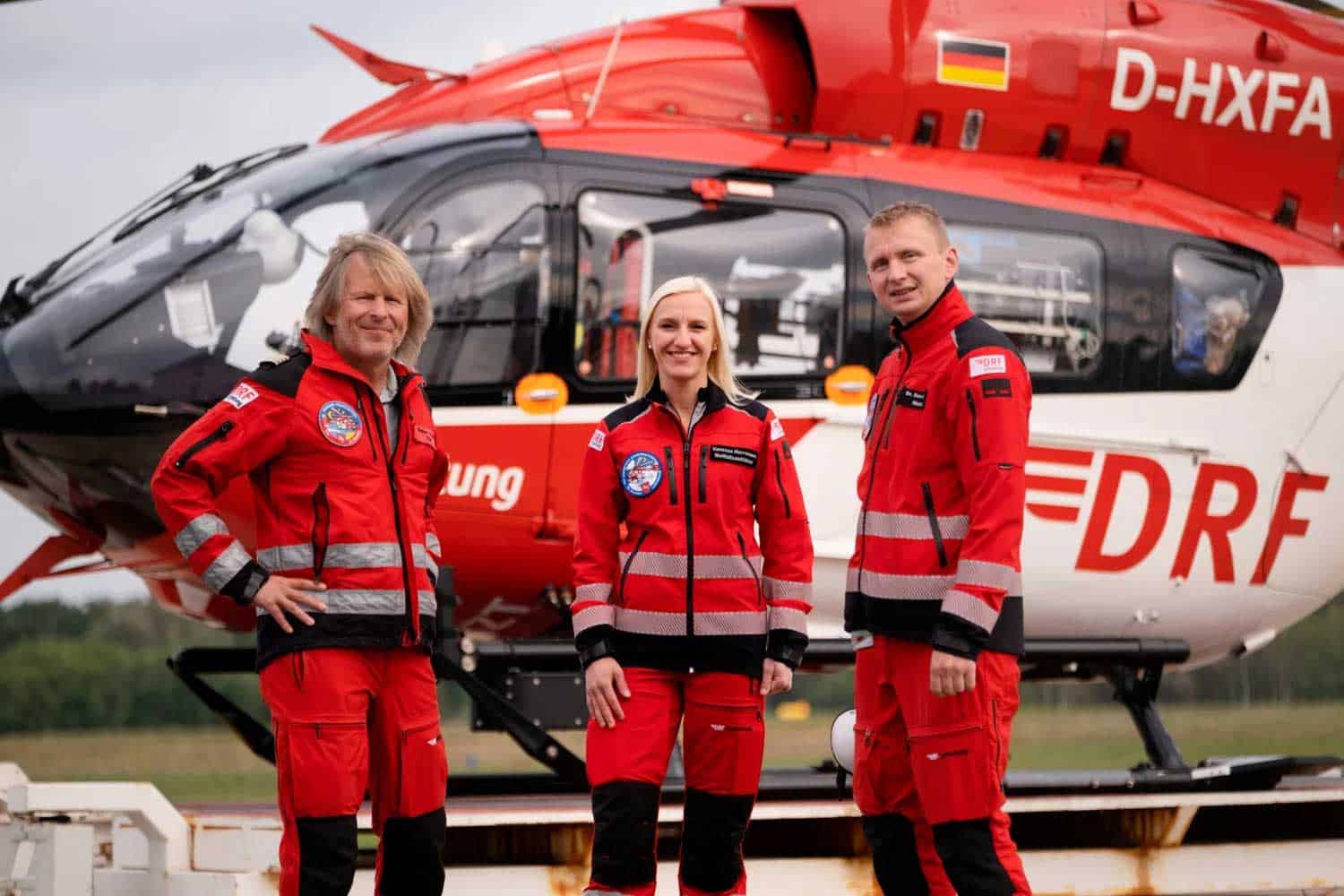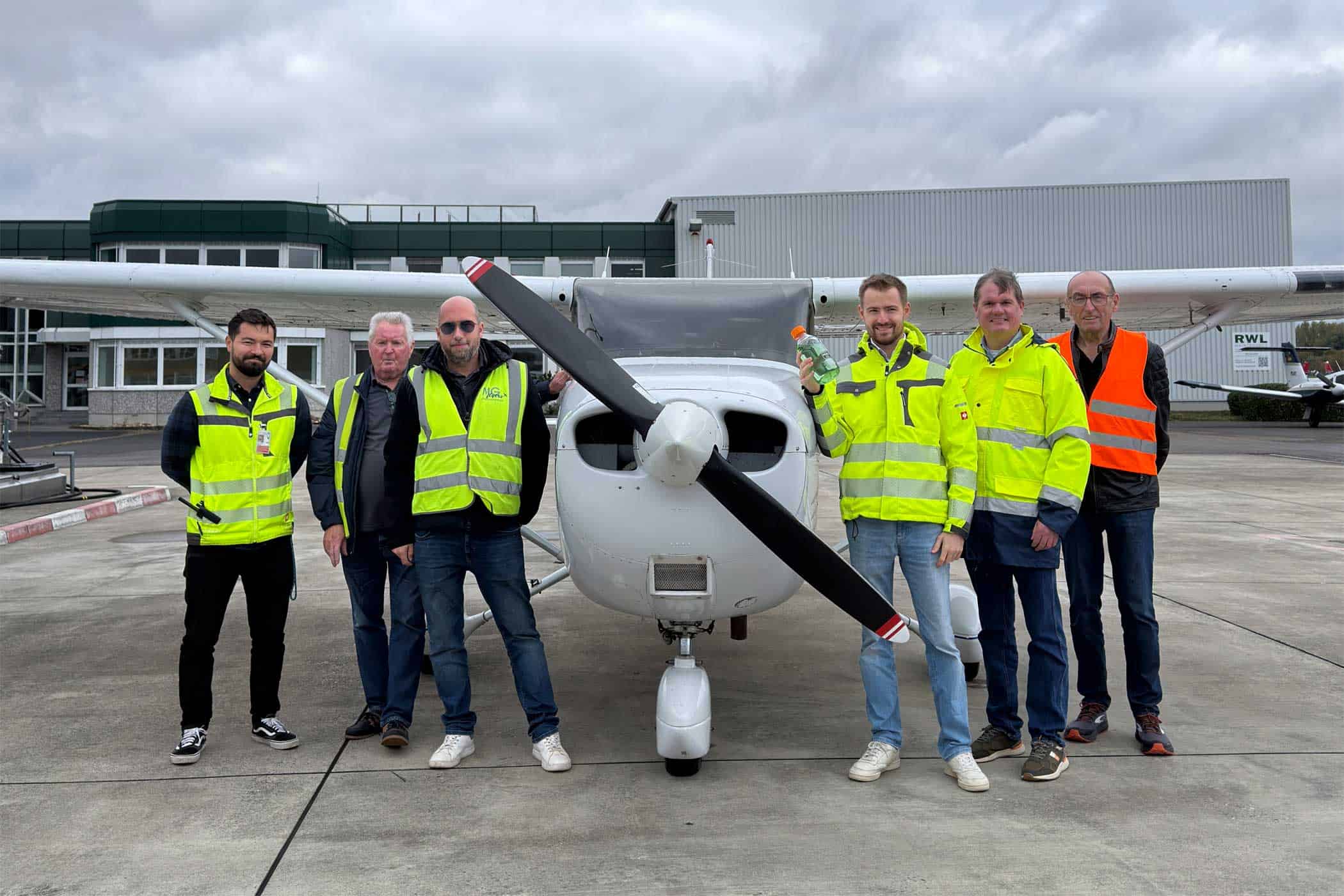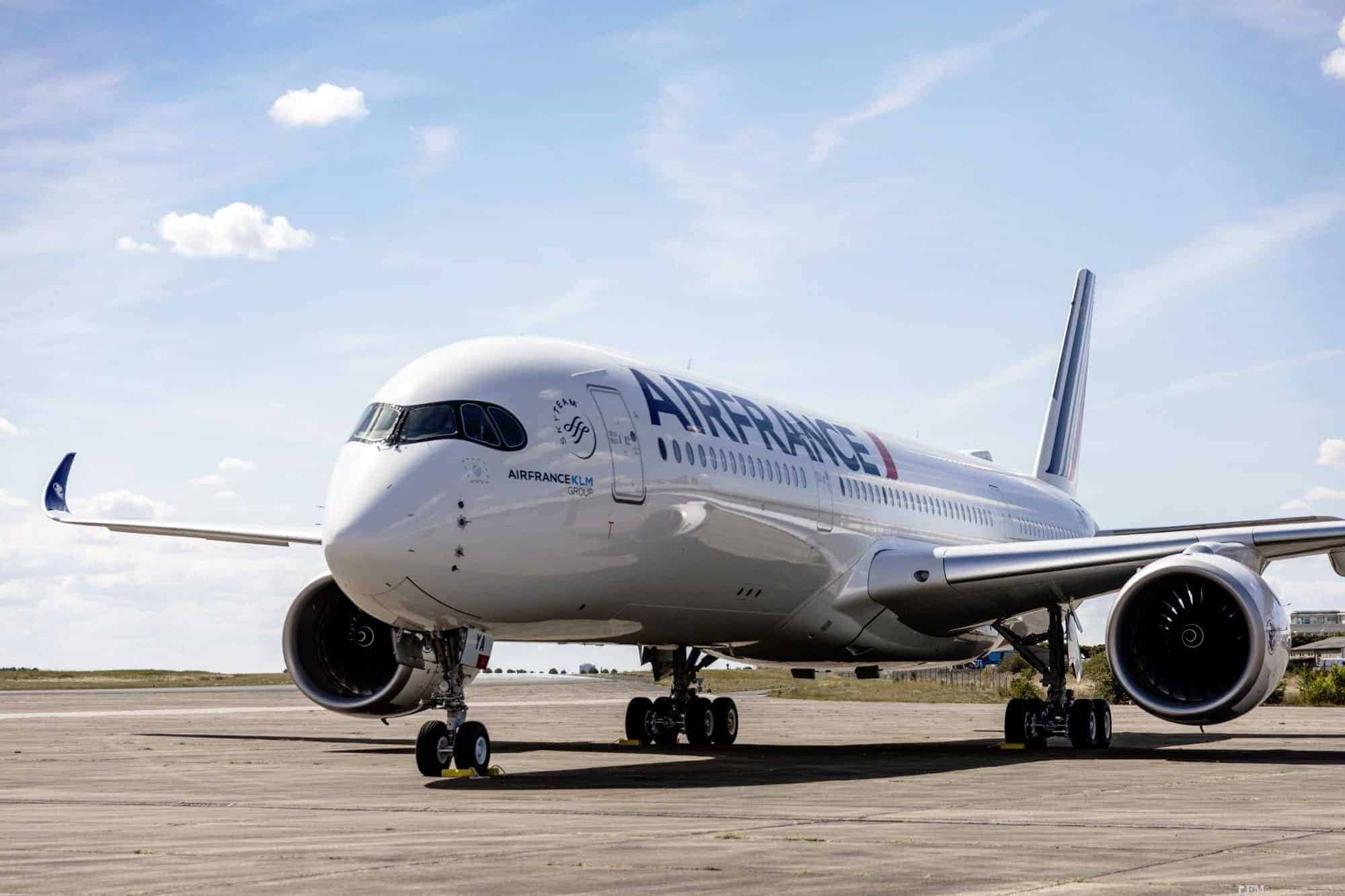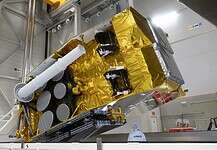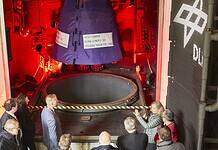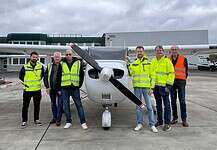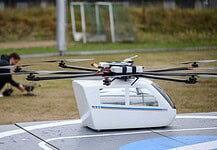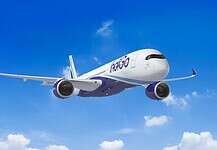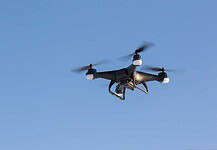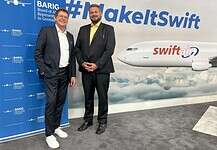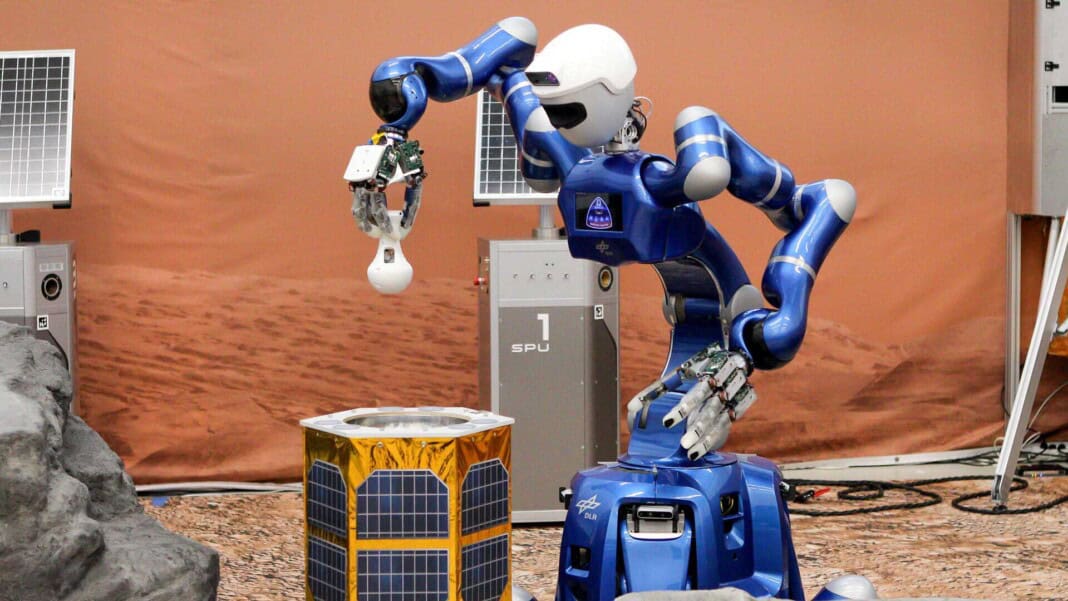
This site is also available on:
Deutsch
With four highly advanced robots and a live link to the International Space Station (ISS), extraordinary activity prevailed on July 24, 2025, on the so-called “Earthly Mars” of the German Aerospace Center (DLR) in Oberpfaffenhofen. As part of the final and most complex phase of the Surface Avatar mission to date, NASA astronaut Jonny Kim controlled an intelligent team of diverse robots from orbit, helping him explore a simulated Martian landscape and collect valuable samples. This impressive demonstration of how humans and machines can conduct joint space expeditions in the future using innovative control and communication technologies.
A new milestone in human-robot collaboration in space
The Surface Avatar Experiment represents a significant advance in enabling humans, without extensive technical training, to command and deploy diverse robot teams in a targeted manner. The project is led by the DLR Institute of Robotics and Mechatronics and is being developed in close collaboration with the European Space Agency (ESA) and the German Space Operations Center (GSOC).
Prof. Alin Albu-Schäffer, Director of the DLR Institute of Robotics and Mechatronics, underlines the significance: “We have thus created all the technical prerequisites to control demanding robotic missions on Mars – a crucial step for future permanent research stations on the Moon.”
Dr. Thomas Krüger, team leader at the ESA Human-Robot Interaction Lab, adds: “We have successfully mastered the connection via relay satellites and the control of robots from microgravity. Europe‘s expertise in this field is constantly growing – also with a view to applications here on Earth.”
Four robots combine their strengths in difficult tasks
Compared to the previous experiment in 2024, the complexity was not only increased by more demanding tasks – another robot was also added. In addition to the already proven systems Rollin’ Justin (humanoid DLR robot), Interact (ESA rover), and Bert (four-legged DLR robot), Spot, a large four-legged ESA robot with gripper arm functionality, now completes the exploration team.
For example, Jonny Kim delegated to Spot the task of autonomously detecting scattered sample containers and transporting them safely to the transfer station. Rollin’ Justin then collected these containers and transported them to the lander—a coordinated collaboration of several robotic systems with a high degree of autonomy.
Innovative learning in the field: Four-legged Bert overcomes injuries independently
A particularly impressive demonstration took place during the exploration of a simulated cave: Here, Interact became Bert’s carrier – a world-unique implementation of robot transport by another robot. After arriving at the cave, Interact carefully set Bert down.
But Bert had been simulated with an injury: One of his legs was blocked, severely limiting his mobility. Thanks to modern reinforcement learning methods, astronaut Kim was able to train the four-legged friend so that he was stable despite walking on three legs.
The learning process involved trying out different gaits and having them evaluated by the astronaut until a working movement solution was found. Bert was then able to complete his exploration mission – this time manually controlled by the astronaut via joystick, based on Bert’s camera view.
AI-supported support as the key to efficient mission preparation
Even before the actual operation began, Jonny Kim used the newly developed AI chatbot assistant “NealAI,” which is based on a large language model from the European AI provider Mistral AI. NealAI was specifically designed to quickly and accurately answer questions about accessibility features or functionalities during training phases.
This approach is particularly essential for long-term missions to Mars: Due to signal delays of up to 40 minutes between Earth and Mars, astronauts could receive immediate assistance thanks to such an AI assistant – without any communication waiting times with control centers.
Cutting-edge robotics “Made in Germany” paves the way for the future of space exploration
The successful completion of the Surface Avatar Experiment once again underscores Germany‘s leadership in the field of control engineering for time-delayed communication and robotic systems in space. In the emotionally moving finale, NASA astronaut Jonny Kim virtually shook the hand of DLR scientist Dr. Neal Y. Lii via Rollin’ Justin – a force feedback effect that was tangibly transmitted over many kilometers.
Dr. Lii concludes: “This final experiment impressively demonstrates the potential of our technology platform to support human exploration teams far from our planet.”
Driven by advances in artificial intelligence, this robot-assisted approach opens up new dimensions in both interplanetary missions and practical applications here on Earth – be it in disaster relief, environmental monitoring or industrial areas.
Summary
The Surface Avatar Mission impressively demonstrates the next step toward intelligently networked remote control of multifunctional robotic systems from space, leveraging innovative AI technologies such as chatbots for assistance functions and reinforcement machine learning on-site to address unforeseen problems. The Europe-wide coordinated collaboration between NASA astronaut Jonny Kim aboard the ISS and German and European robots demonstrates potential for future manned space missions to the Moon, Mars, and beyond.

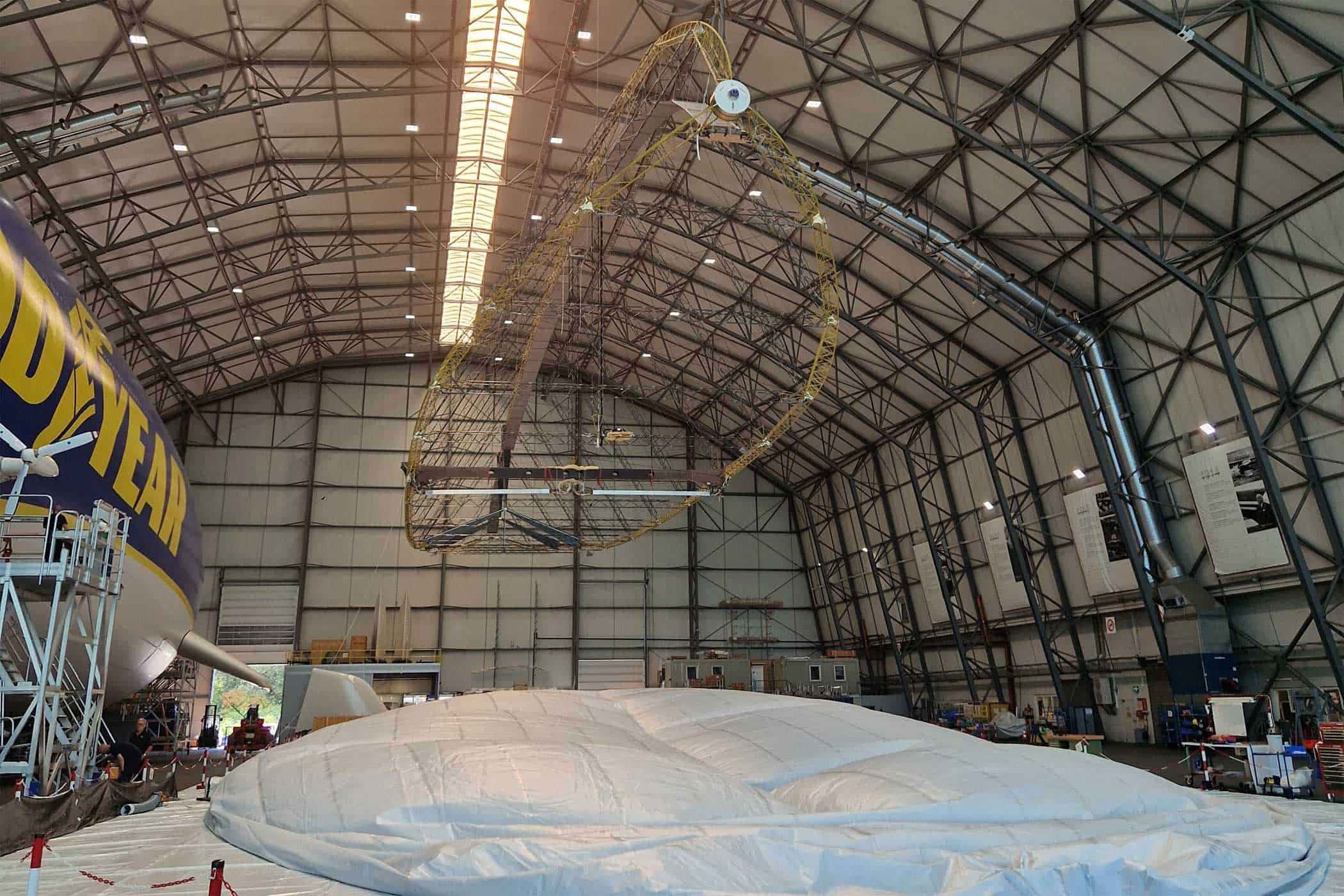 Zeppelin NT airship conquers the skies of the Lake Constance region (Zeppelin NT airship conquers the skies of the Lake Constance region)
Zeppelin NT airship conquers the skies of the Lake Constance region (Zeppelin NT airship conquers the skies of the Lake Constance region) Vietnam extends visa-free entry until 2028 (Vietnam extends visa-free entry until 2028)
Vietnam extends visa-free entry until 2028 (Vietnam extends visa-free entry until 2028) ver.di integrates TGL and strengthens aviation presence (ver.di integrates TGL and strengthens aviation presence)
ver.di integrates TGL and strengthens aviation presence (ver.di integrates TGL and strengthens aviation presence) ver.di announces strike at Stuttgart Airport (ver.di announces strike at Stuttgart Airport)
ver.di announces strike at Stuttgart Airport (ver.di announces strike at Stuttgart Airport) Turkish Aerospace and Embraer strengthen aviation industry (Turkish Aerospace and Embraer strengthen aviation industry)
Turkish Aerospace and Embraer strengthen aviation industry (Turkish Aerospace and Embraer strengthen aviation industry) Traditional brand German Airways celebrates its 70th anniversary (Traditional brand German Airways celebrates its 70th anniversary)
Traditional brand German Airways celebrates its 70th anniversary (Traditional brand German Airways celebrates its 70th anniversary)